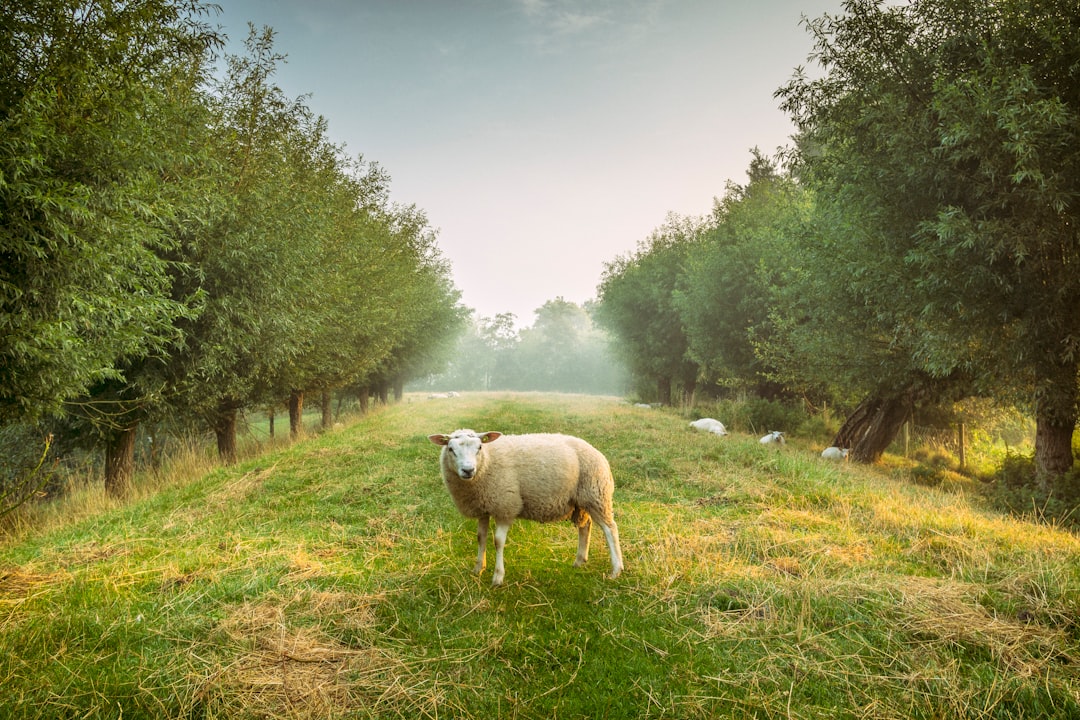The wool industry is experiencing significant growth globally, driven by increasing demand for sustainable and natural fibers. Fleece production, a key component of this industry, involves managing sheep to produce high-quality wool that meets both processor and consumer needs. This post explores current trends in the wool market, factors affecting wool quality, and strategies for improving fleece production.
Global Trends in the Wool Industry
The wool market has seen robust growth in recent years, projected to expand from $10.71 billion in 2024 to $11.61 billion in 2025, with a compound annual growth rate (CAGR) of 8.4%. This growth is attributed to factors such as demand from the textile industry, fashion trends, luxury apparel, and the trend towards natural and sustainable fibers. The market is expected to reach $16.3 billion by 2029, driven by sustainable fashion awareness, innovations in wool blends, and cultural revival.
Factors Affecting Wool Quality
Wool quality is influenced by both genetic and environmental factors:
-
Genetic Factors: Breed or genotype significantly affects wool quality. For example, Merino wool is renowned for its fineness and softness, making it highly valued.
-
Environmental Factors: Climate and pasture quality indirectly influence wool quality by affecting pasture availability and composition. Grazing management is crucial in reducing vegetable matter contamination, which can lower wool quality.
-
Nutritional Factors: Nutrition plays a critical role in wool production. Adequate nutrition ensures healthy sheep and high-quality wool.
Quality Considerations in Fleece Production
Key characteristics that determine wool quality include:
-
Fiber Diameter: The finer the wool, the higher its quality and value. Merino wool is particularly prized for its fine fibers.
-
Uniformity of Fiber Diameter: Uniform fibers are more valuable as they ensure consistent quality throughout the fleece.
-
Staple Strength: Stronger staples reduce waste during processing, enhancing overall wool quality.
-
Color: White or off-white wool is highly valued for its ability to accept a wide range of dyes.
Strategies for Improving Fleece Production
-
Breeding Programs: Implementing selective breeding programs can enhance wool quality by focusing on desirable traits such as fineness and uniformity.
-
Grazing Management: Proper grazing practices reduce contamination and improve pasture quality, leading to better wool production.
-
Nutritional Management: Ensuring adequate nutrition supports healthy sheep and optimizes wool growth.
-
Shearing Practices: Regular shearing and proper handling techniques prevent damage to the fleece and maintain its quality.
Conclusion
The wool industry is experiencing significant growth, driven by consumer demand for sustainable and high-quality fibers. By understanding the factors that influence wool quality and implementing effective management strategies, producers can enhance fleece production and meet the evolving needs of the global market. As the industry continues to evolve, focusing on quality, sustainability, and innovation will remain crucial for its long-term success.
Citations:
- https://blog.tbrc.info/2025/02/wool-market-trends/
- https://www.ajol.info/index.php/ajfand/article/view/231616
- https://www.giiresearch.com/report/tbrc1678652-wool-global-market-report.html
- https://figshare.utas.edu.au/articles/journal_contribution/A_Review_of_Sheep_Wool_Quality_Traits/23214524
- https://blog.tbrc.info/2025/03/wool-market-trends-2/
- https://www.woolwise.com/wp-content/uploads/2017/07/WOOL-300-300-14-T-05.pdf
- https://www.skyquestt.com/report/wool-market
- https://www.sheepskintown.com/blog/19_determines-quality-wool.html

Comments
No comments yet. Be the first to comment!
You must be logged in to comment. Login